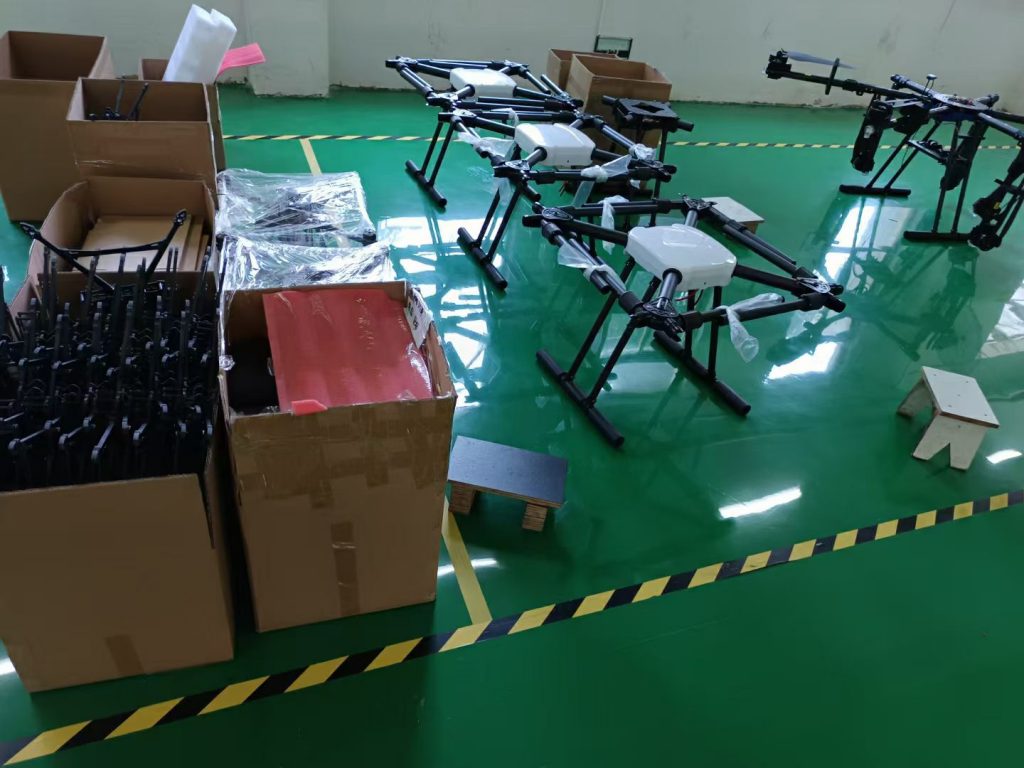
Transforming Indonesian Agriculture: The Strategic Value of Sourcing Agricultural Drones from China
Indonesia, a nation where agriculture employs over 30% of its workforce and contributes 12% to GDP, stands as Southeast Asia’s agricultural powerhouse. From the rice terraces of Bali to the palm oil plantations of Sumatra and the volcanic highlands of Java, its fertile lands produce critical staples—rice, maize, cassava—and cash crops like rubber and coffee. Yet, this vital sector grapples with mounting pressures: a shrinking rural labor force, inefficient manual practices, and the urgent need to boost productivity amid climate volatility. Enter agricultural drones: a game-changing tool poised to redefine Indonesia’s farming landscape. For local cooperatives, agribusinesses, and government-led initiatives, sourcing advanced drones directly from China’s specialized manufacturers offers a tailored, scalable pathway to resilience, efficiency, and sustainable growth.
Indonesia’s Agricultural Crossroads: Why Drones Are Non-Negotiable
Indonesia’s agricultural potential is undeniable, but so are its challenges:
-
Labor scarcity: Younger generations are migrating to cities, leaving aging farmers (average age: 55+) to manage 80% of smallholdings (under 2 hectares). Tasks like pesticide spraying or seedling distribution, once done manually, now face severe delays during peak seasons.
-
Resource inefficiency: Widespread manual spraying leads to overuse of chemicals—up to 40% more than needed—contaminating waterways like the Citarum River and raising production costs for cash crops targeting global markets.
-
Diverse agro-ecosystems: Volcanic slopes, waterlogged rice paddies, and fragmented landholdings demand equipment that adapts to uneven terrain, high humidity, and sudden downpours—common across Indonesia’s 17,000 islands.
Against this backdrop, Indonesia’s National Medium-Term Development Plan (RPJMN) prioritizes “smart agriculture” to cut losses, raise yields, and meet growing domestic food demand. Agricultural drones align perfectly with this vision, offering a leap forward in precision and scalability.
Chinese Agricultural Drones: Engineered for Indonesia’s Unique Challenges
China’s dominance in drone technology—rooted in decades of aerospace R&D, AI innovation, and agritech specialization—makes its manufacturers uniquely positioned to serve Indonesia. Here’s how Chinese drones are tailored to local needs:
1. Robustness for Tropical Climates and Varied Terrain
Indonesia’s hot, humid climate (average 27°C, 80% humidity) and frequent heavy rains demand rugged equipment. Chinese factories design drones with:
-
Corrosion-resistant materials: Aircraft-grade aluminum alloys and sealed motors withstand prolonged exposure to moisture, ensuring longevity in coastal regions like North Sumatra and rainy highlands such as Wonosobo.
-
All-terrain navigation: Multi-rotor drones equipped with LiDAR and obstacle-avoidance sensors glide smoothly over flooded rice fields, steep volcanic slopes, and dense rubber plantations—avoiding crop damage and operational downtime.
-
Heat tolerance: Advanced battery cooling systems and high-temperature circuitry prevent overheating during midday operations, critical in lowland areas like Central Java where temperatures spike to 35°C.
2. Precision Technology for Higher Yields and Sustainability
Indonesian farmers need tools that boost productivity without degrading the environment. Chinese drones deliver:
-
Smart spraying: Adjustable nozzles and flow rates reduce pesticide/water use by 30–50% compared to manual methods. For palm oil plantations in Riau, this cuts costs by millions of dollars annually while lowering chemical runoff into peatlands. Variable-rate technology further optimizes inputs based on real-time crop health data.
-
Multispectral monitoring: Drones equipped with high-resolution sensors map leaf chlorophyll levels, soil moisture, and pest outbreaks. In West Java’s rice bowls, this enables early detection of brown planthopper infestations, reducing crop losses by up to 25%.
-
Precision planting: GPS-guided drones sow seeds or distribute fertilizer with centimeter accuracy, reviving degraded land in Sulawesi and maximizing output on smallholder plots.
3. Affordability and Scalability for Diverse Farmers
Recognizing Indonesia’s mixed farm sizes—from subsistence plots to corporate estates—Chinese manufacturers offer flexible solutions:
-
Compact models: Lightweight, budget-friendly drones (under $10,000) empower smallholders to access precision tech, bridging the gap between manual labor and industrial-scale farming.
-
Fleet management systems: Larger cooperatives or agribusinesses can deploy swarms of drones controlled via centralized software, streamlining operations and cutting training time by 60% compared to traditional machinery.
Beyond Hardware: A Partnership for Capacity Building
Sourcing from China is about more than technology—it’s about fostering long-term agricultural resilience. Leading manufacturers provide:
-
Localized training: On-farm workshops teach pilots to operate drones, analyze multispectral data, and perform routine maintenance. In trials with Indonesia’s Ministry of Agriculture, this reduced downtime by 40% and accelerated adoption among rural communities.
-
Responsive after-sales support: Regional hubs in Jakarta, Surabaya, and Medan stock spare parts, ensuring replacements arrive within 24–48 hours—critical during harvest seasons or monsoon disruptions.
-
Adaptive solutions: Manufacturers tweak designs for Indonesia’s needs, such as adding waterproof compartments for rain-prone areas or simplifying interfaces for farmers with limited tech experience.
Shared Success: Strengthening Indonesia’s Food Security
For Indonesia, adopting Chinese agricultural drones unlocks transformative benefits:
-
Economic growth: Reduced labor costs and higher yields (trials show 18–28% increases) lift smallholder incomes, reducing rural poverty and boosting local economies.
-
Environmental stewardship: Precision application lowers chemical runoff, protecting Indonesia’s biodiverse ecosystems—including the Coral Triangle and Sumatran rainforests—and aligning with global climate commitments.
-
Climate resilience: Faster response to pests, floods, or droughts helps farmers adapt to increasingly erratic weather, securing food supplies for Indonesia’s 270 million people.
For Chinese manufacturers, Indonesia offers a dynamic testing ground to refine technology for tropical, multi-terrain environments—driving innovation that benefits global agriculture.
Cultivating Tomorrow, Together
Indonesia’s agricultural journey is one of potential waiting to be unlocked. By sourcing drones from China’s specialized factories, the nation gains more than tools—it gains a partner in building a smarter, greener food system. These drones are not just machines; they are catalysts for progress, enabling farmers to work smarter, earn more, and preserve their land for future generations.
As Indonesia marches toward agricultural modernization, Chinese agricultural drones are ready to take flight—transforming challenges into abundance, and tradition into transformation.
Let’s nurture Indonesia’s agricultural future, one precise mission at a time.
THE END

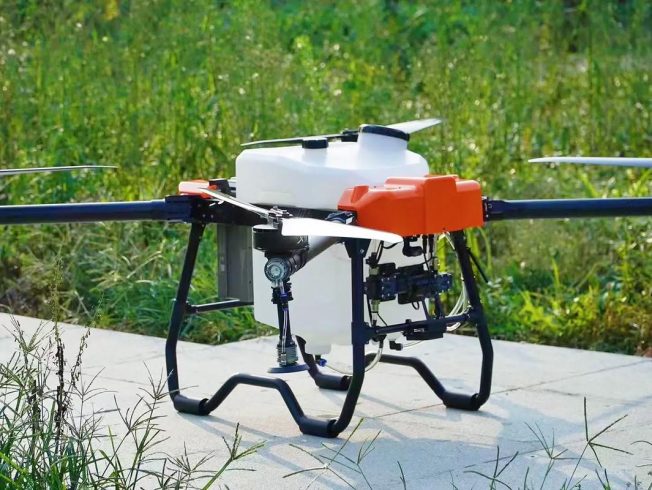
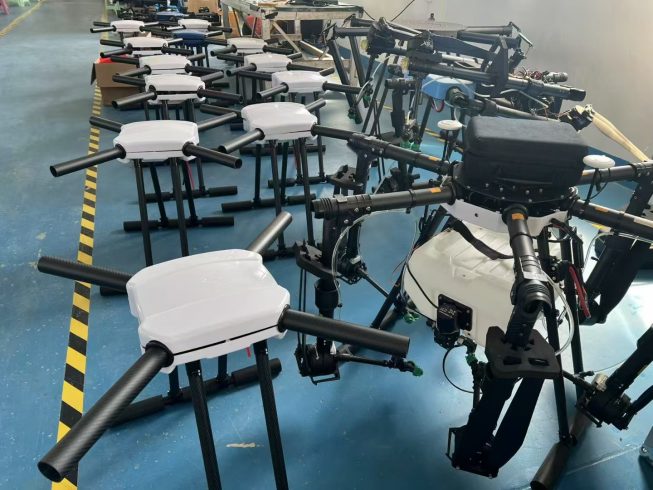
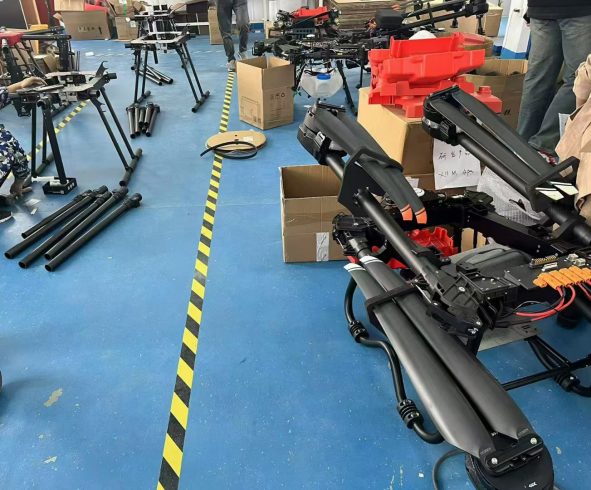
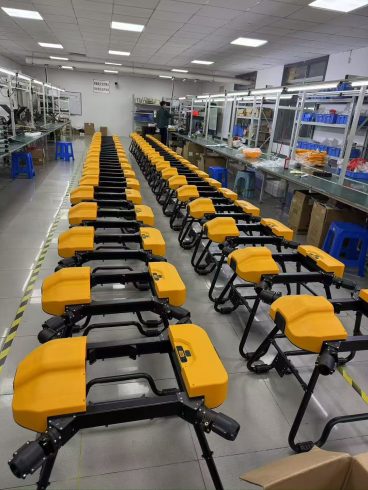



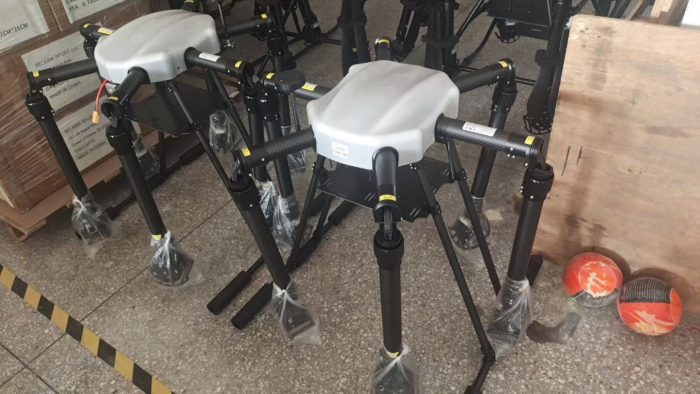
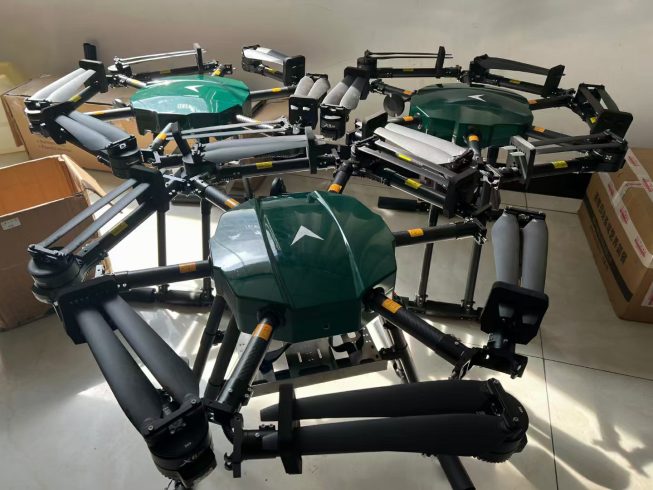
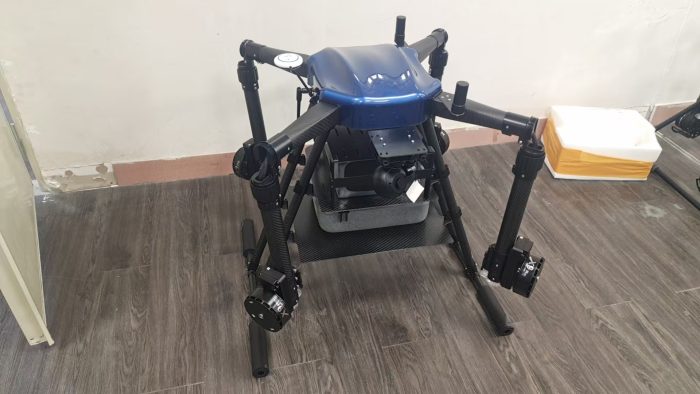

暂无评论内容